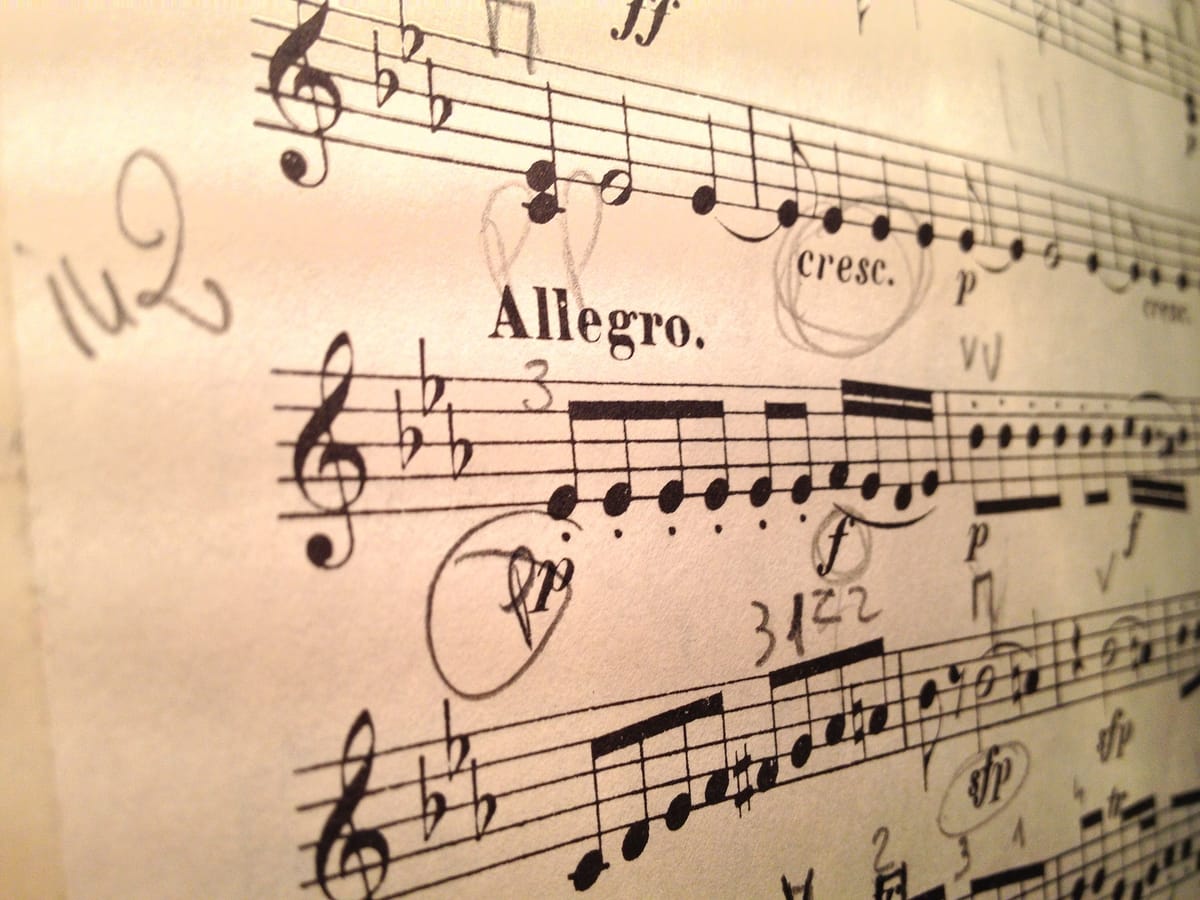Let’s talk Grade 5 Theory

Grade 5 Theory has a unique place in music education. Not only is it a prerequisite for the Higher Practical ABRSM Grades but also mandatory for many contemporary, pop and jazz courses. Each year across East and South East Asia, approximately 34,000 candidates sit for the Grade 5 exam.
It is our great success as music teachers to create independent musicians. Such independence is born of an understanding which enables a deep and life long enjoyment of music.
Many students, especially those with good aural and kinaesthetic skills, play by copying without understanding. They may be able to play pieces well but their learning doesn’t endure in the absence of understanding. I see it often in students who come to me for aural and theory lessons. Although these are often our most musical students, they are, equally often, hard pushed to function happily in orchestras or ensembles where comprehending the score is imperative. They have great difficulty in learning new music by themselves and their sight reading is poor. The consequences are serious at every level.
As with most theory exams, the purpose of the The ABRSM’s Grade 5 Theory exam is to ensure that students acquire understanding of music. It’s a laudable purpose. What sets it apart, however, is that it is a prerequisite for the higher practical grades. This can only be a good thing for music students.
Grade 5 theory is more than a certificated door to the higher practical grades – it’s an opportunity to help music students evolve into fully independent musicians and if we do not approach it in a musical way, we lose a further opportunity to give musicians a deeper understanding of music.
Studies show that we learn most effectively from a real teacher with a passion for the subject. Despite this, music theory is too often taught from text whether out of a book or online. This is proven to be the most ineffective way to teach musicians.
Reading pages from music theory books countless times before having any comprehension is not uncommon amongst musicians. Far better to hear it, see it and play it whilst having it explained to by a real teacher with a love of the subject.
Musicians learn most effectively in 3 main ways- aurally, kinaesthetically and visually. When music theory is taught simultaneously in these 3 ways, students will connect their understanding to their own music. This connection fosters musical independence. This form of teaching/learning is called multi modal.
With multi modal teaching, we can incorporate the understanding of music into each lesson from the beginning so the student connects music visually, aurally and practically in the same moment. For example, in the first lessons, a student reads the written note, plays the note and hears the note at the same time. You can see an example of this early teaching at
This strategy for teaching can be developed at every level so that Grade 5 Theory is merely a progression of learning built on already strongly constructed foundations.
However, if the foundations for understanding music have not been laid in the way I describe above, the situation is still recoverable. If students are taught theory in a musical way at the Grade 5 level so that they connect theory to the music they play and hear, they can still achieve distinctions and an understanding which enables musical independence and a lifelong enjoyment of music!
With its black notes and white notes showing clearly how music is laid out, the piano is the best instrument on which to teach music theory. A few years ago I set up a website to teach music theory online with this in mind. The package (now part of www.prosemusicuk.com consists of of 18 videos where I teach music theory including the whole Grade 5 Theory syllabus at the piano. The notes are seen on the manuscript and highlighted as they are viewed playing on the piano and the sound is heard. In addition, we learn most effectively when being taught by a real person with a passion for the subject.
Learning the syllabus in a logical progression is important and an order of lessons may help other teachers. Some lessons lay necessary background and although not specific to the G5 syllabus are necessary.
The Grade 5 Theory syllabus
1. Major scales
2. Degrees of the scale
3. Circle of 5ths and key signatures
4. Alto and tenor clefs
5. Minor scales and chromatic Scales
6. Tonic triads
7. Naming chords and their positions
8. Chords at cadential points
9. Intervals
10. Transposition
11. Time signatures
12. Irregular time divisions
13. Compound to simple rhythms
14. Composing a melody
15. Voices in score
16. Ornaments
17. Orchestral instruments
18. Performance directions
Having learned the syllabus through hearing it, seeing and playing it – it is then vital to become accustomed to the format of the questions in the exam and how to answer the questions on paper. My students complete past papers in the run up to the exam. The exam papers are very similar which means our students have no surprises on the exam day and that allows us time to look at any problem areas and ensure that they are distinction students before taking the exam.
On the exam day, students may be inclined to rush and leave the exam room too quickly. Of course, this is a mistake. Many marks can be lost when students do not check their paper thoroughly and when a paper is rushed.
What happens next? If Grade 5 Theory is to be truly effective, the knowledge gained needs to be related and integrated into all the music our students play. In this way we give our students a better understanding, independence in learning and a life long enjoyment of music.





